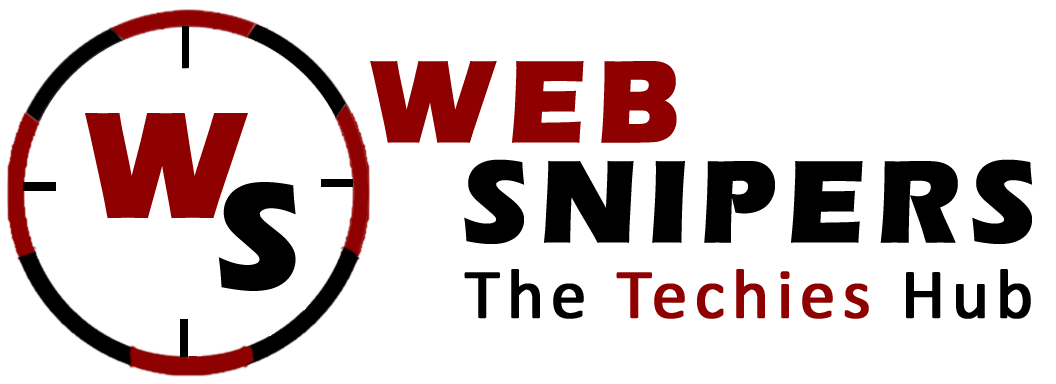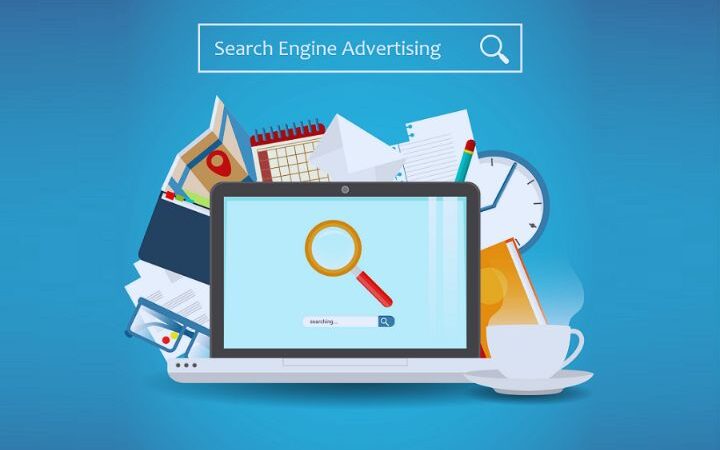Competitive Intelligence: 10 Competitive Analysis Tools

Competitive intelligence is a strategy too often overlooked by e-commerce merchants. Sometimes the best way to get your ecommerce store off the ground is to understand how your competition works. If you don’t know how your competitors operate, it will be difficult for you to make smart decisions to keep your current customers and attract new ones.
Thanks to this guide you will discover how to identify your 5 main competitors as well as the 10 essential competitive intelligence tools that will help you gather detailed information on the strengths and weaknesses of your competitors.
Table of Contents
Identify Your Top 5 Competitors
Start by identifying the top-ranking competitors on Google for keywords related to your industry. Then make a list of the top keywords that drive the most traffic to your site, and Google them.
If you don’t have an e-commerce store yet and you’re doing pre-launch research, just search for relevant keywords. Make sure you are browsing in unknown mode, and conduct your online searches in the appropriate geographic area, by first activating Google search for the country you are targeting. Take note of the competitors who are ranked on the first page.
Make A List
Now that you know who you are competing with, start analyzing your competitors’ online stores by browsing their sites. Analyze them well; make a list of all the things you like, and another list of things you don’t like.
Ask yourself these questions:
- How do they emphasize their value propositions?
- How do their prices compare to yours?
- How do they display their product photos?
- How are their product descriptions?
- What are their prices and shipping options?
- Where are their calls to action placed, and how are they highlighted?
- Are they building an email list?
- Is their site optimized for mobile?
- Do they have a social media presence? What platforms do they use? How often do they interact with their customers? How do they communicate with their customers?
Now that you’ve done a basic competitive analysis of your top 5 competitors, and researched how they operate, it’s time to dig deeper. Use some of the tools shown below (some paid, most free) to gather more information on how they work.
Analyze the competition with these competitive and informational intelligence tools
Similarweb
Similarweb is a competitive intelligence tool that allows you to obtain information on the performance of your competitors’ sites. A very good alternative to Alexa – which you may have already heard of – Similarweb allows you to have a clear idea of SEO traffic, SEA, social networks, etc. of competing sites but also the bounce rate, the average time spent, mobile/desktop distribution and page views. On the price side, if the site does not directly display its prices, it is however possible to test a limited Similarweb version for free.
Paarly
Paarly is a competitive intelligence and analysis solution that offers the ability to closely monitor and analyze the prices and stock levels of your competitors. Paarly offers you to receive an alert by e-mail when the competitors you have identified change their pricing policy or when they are out of stock.
Thanks to Paarly you will be able to decide on the ideal prices to practice according to the evolution of the market and the behavior of its main players. It is possible to test Paarly for 10 days for free. To find out the prices of each pack offered, you will need to contact support.
Google Ads
The late Google AdWords, Google Ads is now Google’s advertising agency and allows you to launch SEO campaigns. Google Ads gives everyone, even small businesses, the opportunity to create campaigns at a lower cost. It is possible to pay by keyword, in CPC (cost per click) or to create ads. As for the budget to dedicate to a Google Ads ad, it can vary from simple to double, since the price of keywords fluctuates according to their popularity (supply and demand).
Internet Archive
Internet Archive has been scanning the web and taking screenshots of web pages since 1996. Using the Wayback Machine tool offered on the site, you can see how a website has looked through the years. By analyzing the history of your competitors’ websites, you can spot trends in design and price changes. Do they decorate their home page every year for Christmas? How has their positioning evolved; would they be trying to enter your market? Sometimes you can learn a lot from these subtle changes made by your competitors on their sites.
Feedly
Feedly is an RSS feed aggregator. Using Leo, an AI presented as a research assistant, it is possible to have real-time access to all the news and information that interests you. So all you need to do is tell Leo your favourite themes using keywords and he will take care of reading the feeds and prioritizing the most relevant content for you. On the budget side, if the site offers to test its services for free, you will then have to choose a subscription of $6 per month for the Pro version and $12 per month for the Pro + version. If you wish to subscribe to the most complete “Enterprise” version, you will need to contact support to obtain a price estimate.
SpyFu
It is a paid service ($79/month) that allows you to spy on the keywords used by your competitors. SpyFu really allows you to perform a very detailed analysis, and see what worked and what didn’t for your competitors’ Google Ads campaigns. Also, by analyzing the history of your competitors, you will be able to avoid the mistakes they have made; it’s like they are testing the market for you.
Wappalyzer
If you are curious about what different technologies are behind your competitor’s sites, then you will definitely love this extension. Available for Mozilla Firefox and Google Chrome analyzes all the elements of the sites of your choice and therefore allows you to discover, among other things, the scripts, plugins, e-commerce platforms and statistical tools used by the sites that visit you. interest. This free extension is able to identify no less than 1190 different technologies! Very easy to use, Wappalyzer installs in seconds and after that, all you have to do is click on one of the icons in the search bar and you will get all the information you are looking for!
Google Alerts
With this free service from Google, you can receive email updates on the latest relevant results from Google (web, news, etc.), relating to queries that interest you. First and foremost, we recommend setting up Google Alerts for your store name, but it’s important to set up alerts for your competition as well. It’s also recommended to set up alerts for key industry terms, so you can easily monitor the market as a whole and new developments that might affect your e-commerce business.
Talk Walker
With the help of Talk Walker, you will be able to find out who your consumers really are and adapt your different strategies based on the data collected. Indeed, the platform thanks to its AI can analyze billions of online customer insights (social networks, customer reviews, forums, etc.) to help you better identify their needs, their desires and their points of friction. TalkWalker thus allows you to best respond to the problems of your customers and even anticipate them. If the platform offers a free demo, it will however be necessary to count around 6000€ of budget for one year of use of the software.
Sprout Social
Sprout Social is an essential tool that allows you to manage all your social networks on a single platform. This online application allows you, thanks to its algorithm, to know when and what to post for a better impact on your community. In addition, SproutSocial offers social listening to identify trending content in your field as well as the strategies adopted by your competitors. SproutSocial offers a 30-day trial version. If you wish to subscribe, you will then have to count $89 per month per user for the standard formula, $149 for the Professional formula and finally $249 for the Advanced formula.
Conclusion
Once you have evaluated your competitors’ sites, you will be able to analyze your own e-commerce store. Do it objectively, to know how you can improve it. Use all the strategies you used to analyze your competition, and think critically. It is also important to seek the opinion of other people.
Now that you’ve gathered all this competitive information, what do you do? Use the competitive data you’ve uncovered to optimize your e-commerce store, and take advantage of your competitors’ weaknesses. If they are clearly ahead of you in certain areas, roll up your sleeves and become more competitive. Remember that to remain competitive, it is important to operate with flexibility so that you can easily change your approach. But that surely doesn’t mean you have to satisfy everyone. Operate within your abilities, and preserve what makes you unique






